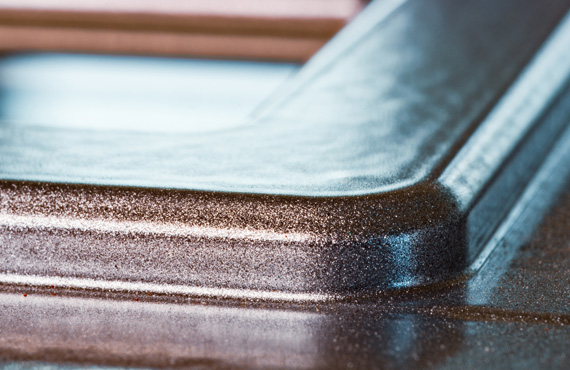Abrasive heat treatment is a process aimed at obtaining a specific surface texture or microstructural change by abrasively or wear-inducing the material's surface in a controlled manner. This method can be used on various materials such as metals, ceramics, and polymers, and is generally applied to improve surface hardness, friction properties, or adhesion capacity.
The abrasive process is carried out using physical or chemical methods to remove unwanted layers from the material's surface, achieve roughness, or create a specific pattern.


